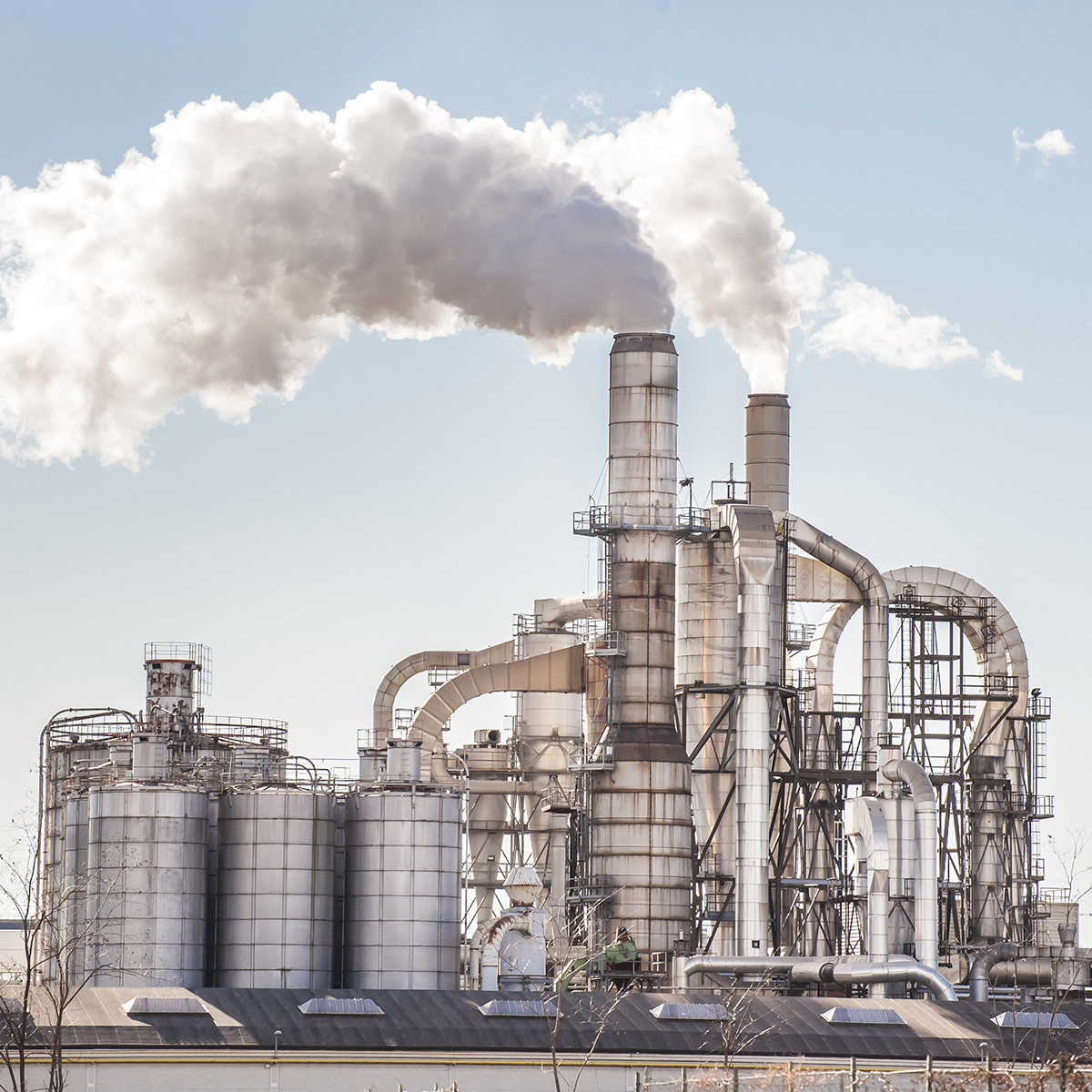Lime and limestone play a significant role in the removal of pollutants from the flue-gas streams of coal-fired power plants, incinerators, boilers and industrial facilities.

Lime and limestone are used in the treatment of pollutants such as sulfur dioxide (SO2), hydrogen chloride (HCl), hydrogen fluoride (HF), sulfur trioxide (SO3), arsenic (As), selenium (Se), fine particulates and mercury (Hg).
Lime and limestone products are used in both wet and dry flue-gas desulfurization (FGD) processes.
In wet FGD processes, these products are slurried with water and sprayed into a flue-gas scrubber vessel. The acidic gases, normally SO2 and HCl, are absorbed into the water where they chemically react with the lime and limestone. The resulting products, primarily calcium sulfite, can then be oxidized to produce calcium sulfate, a salable gypsum byproduct that can be used for applications such as correcting soil sodicity.
There are three basic types of dry FGD processes.
- Dry-injection processes inject dry hydrated lime directly into the flue-gas stream.
- Spray-dryer processes inject finely atomized lime slurry into a separate vessel. Water from the slurry is evaporated before the solids contact the vessel walls.
- Circulating dry-scrubbing processes inject dry hydrated lime or humidified pulverized quick lime into a separate reaction vessel.
With all three processes, the acidic gases combine with lime to form a dry product that is removed from the flue-gas stream in particulate-control devices, such as baghouses or electrostatic precipitators.
Graymont services all of these wet and dry applications and is able to provide technical support to our customers.
Please refer to the related products shown or contact our sales team to enquire about our product range and services.
